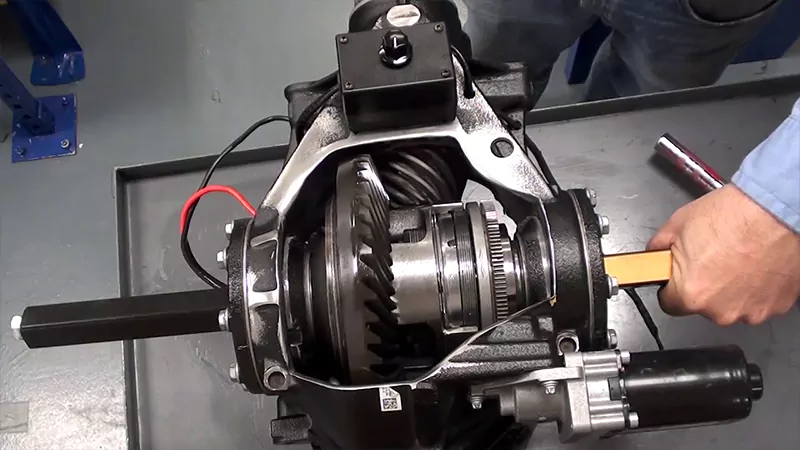In modern agricultural machinery, the differential unit is a crucial gear arrangement that allows the rear wheels of a tractor to rotate at different speeds, especially important during turning. This article will explain the role, working principle, and components of the differential unit in agricultural machinery.

The Role of the Differential Unit
The primary role of the differential unit is to allow one rear wheel of the tractor to rotate slower or faster than the other. This is particularly important when the tractor is turning, as the inner wheel needs to travel a shorter distance than the outer wheel and therefore requires less power. The differential unit solves this problem by allowing one rear wheel to move faster than the other at the turning point.
Working Principle of the Differential Unit
The output shaft from the gearbox has a bevel pinion at its end. This bevel pinion meshes with a large bevel gear known as the crown wheel. The main functions of the crown wheel assembly are to transmit power through a right-angle drive to suit the tractor wheels and to reduce the rotation speed.
The differential unit consists of various parts, including the differential casing, differential pinion, crown wheel, half shafts, and bevel gears. The differential casing is rigidly attached to the crown wheel, moving as a single unit. Inside the differential casing, there are two pinions carried around by the crown wheel but free to rotate on their own shafts or studs.
These pinions mesh with two or more bevel gears. Each half shaft, which connects to the tractor’s rear wheel, has a bevel pinion at its end. Therefore, instead of the crown wheel being directly keyed to a solid shaft between the tractor wheels, the drive is transmitted indirectly through the differential casing, differential pinions, and half shafts.
Differential Operation During Straight and Curved Paths
When the tractor moves in a straight line, the differential pinions do not rotate on their stub shafts but remain solid with the differential casing. They drive the two bevel gears at the same speed and direction as the casing and the crown wheel, ensuring synchronized rotation of the rear wheels.
When the tractor turns, the differential pinions rotate on their stub shafts, allowing one rear wheel to rotate faster or slower than the other, accommodating the different distances each wheel must travel.
Conclusion
The differential unit is an essential component of agricultural machinery. Its complex gear arrangement and precise working principle enable differential driving of the rear wheels, enhancing the tractor’s maneuverability and stability on turns and uneven terrain. Understanding its role and functioning is crucial for improving the efficiency and maintenance of agricultural machinery.



